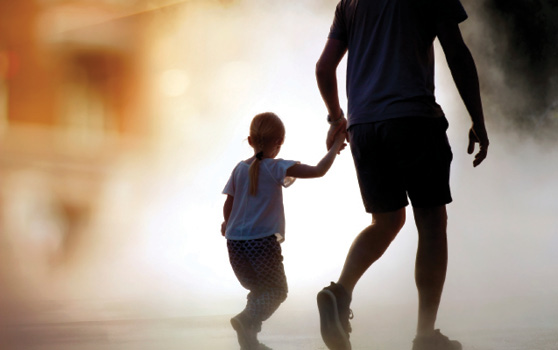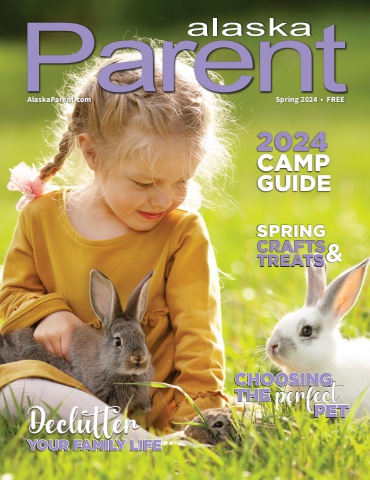Your Family Needs a Fire Safety Plan
By Jan Pierce, M.Ed.

Every family needs to think seriously about keeping safe, and one of the biggest safety needs is a clear and well-rehearsed fire safety plan. The plan itself can be very simple – simple enough for the youngest member of the family to follow. The key is to intentionally make plans, practice the routine and establish a time each year to update it and make any necessary changes.
The first part of any good fire safety plan is to install smoke alarms. Some families have discovered that vocal smoke alarms work quite as well as the regular ones. A vocal alarm is a recording made by the parents or other adult family member which gives instructions in case of a fire. It may say something like, “Wake up Amy, there is a fire. Follow our plan. Stay low and go out of the window then meet us at the mailbox.” In some cases young children or even elderly adults have responded better and more quickly when hearing a familiar voice.
Here are some pieces of information to help you establish your family’s fire safety routine:
- Smoke alarms should be tested monthly to make sure they are working. The batteries usually last a year and the alarm itself for about 10 years.
- It has been proven safer to have children sleep with bedroom doors closed. If parents are worried about hearing their children during the night they should purchase a monitor so communication is easy and reassuring to the child.
- Children of school age may be shown how to use a fire extinguisher. There should be a fire extinguisher in every kitchen, hallways leading to bedrooms and near a barbecue pit or grill area.
Instruct children to feel doors first before opening them in the effort to exit. If the door is hot, they need to try to use another exit. - If it is necessary to move through a smoky area, teach children to crawl on hands and knees – “stay low and go.”
- If clothing catches fire, children need to know they should, “stop, drop and roll” to extinguish the flames.
- If there are elderly family members, toddlers, or even pets, the family should make assignments for aiding them in their escape.
- Once out of the building everyone should go directly to the meeting place. Phone calls to 911 or other emergency agencies should be made after the exit. Children should be taught NEVER to return to a burning building once they are out safely.
- It is a good idea to have your address clearly visible from the street so any emergency vehicles will see it upon arrival.
- Be sure babysitters or other caregivers are aware of your safety plan. Have the exit maps posted with family emergency phone numbers.
In the serious business of keeping your family safe, a well thought-out plan can make life and death differences. So make your plan, practice your plan and be sure to include annual checks and updates to it. Then, sleep well; knowing you have done all you should to keep your family members safe.










